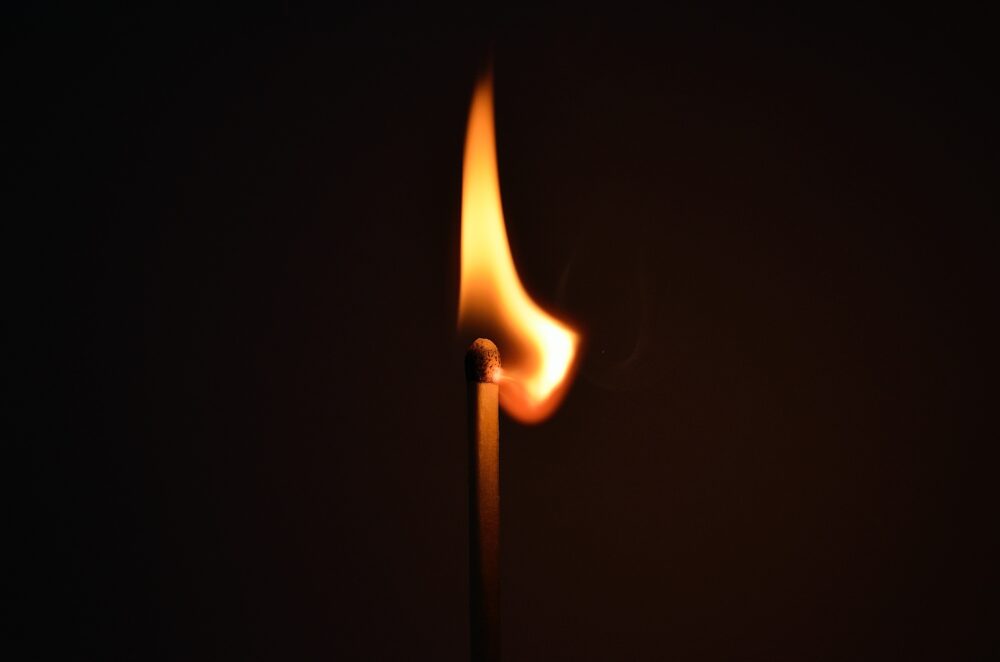Most people know that doctors must complete residency as part of their medical training, but have you ever wondered where the term originates? The origin of the term dates back to the late 1800s and early 1900s when residents were actually required to live at the hospitals in which they worked. In other words, from the program’s inception, it presented an inherent tip to the scale of work-life balance. It’s no wonder that the residents of today, despite not literally “living” in the hospital, often struggle with burnout, long hours, and comparatively low pay.
Resident hours are notoriously long and arduous. To put things in perspective, the average American work week is around 40 hours. In 2003, the Accreditation Council for Graduate Medical Education limited resident work weeks to 80 hours. Notably, that limit refers to the average hours within a four-week period, meaning that residents could be working well over 80 hours a week, so long as other weeks compensate. The long hours, though obviously important for education, can be disastrous when one considers their impact on lifestyle.
It is no surprise then that the burden of residency can end in tragedy. In September 2022, Dr. Jing Mai, a first-year resident in California, took her own life. She was only three months into her residency. In a statement, Her family described how Dr. Mai suffered from severe anxiety and depression, both of which were likely exacerbated by the pressures of residency training. Stories like this are unfortunately not rare. In fact, a study conducted by Yagamour and colleagues at the Accreditation Council for Graduate Medical Education in 2017 found that between 2000 and 2014, 324 individuals died during residency, with the second leading cause being suicide. The study cites a lack of mental health support as a likely reason for this, which could have helped circumvent physician burnout.
Between 2000 and 2014, 324 individuals died during residency, with the second leading cause being suicide.
Burnout is defined as a state of physical and mental exhaustion in relation to work or caregiving activities, both of which are inherent to practicing medicine. This state is especially important to study in the medical field, where burnout can directly impact patient care. In fact, the aforementioned 80-hour limit was initially adopted by New York state after the death of Libby Zion, a patient whose father believes her death to have been caused by overworked resident physicians. Accordingly, a 2009 systematic review conducted by a team of researchers at Cedars-Sinai Medical Center found that between 25% and 75% of residents experienced burnout. Furthermore, the researchers found a burnout rate of between 28% and 45% in medical students, indicating that the problem may begin before residency even starts. If medical students enter residency already experiencing burnout, it can only lead to more issues down the line.
In 2011, a cross-sectional study at Hofstra North Shore School of Medicine aimed to assess residency schedules and how they correlated with burnout. The reported rates were similar to those of the 2009 study, with 76% of survey respondents meeting the criteria for burnout. Moreover, overnight calls were found to be associated with higher burnout rates and fatigue. Receiving overnight calls, where physicians can be called upon at any moment to advise medical care or even come into the hospital, is yet another way in which the lines between work and life are obliterated in the medical field. The study also found that those with higher burnout scores were more likely to report making errors and less likely to report delivering satisfactory patient care. In short, the conditions imposed by residency run contrary to the very values that underlie the practice of medicine in the first place.
The conditions imposed by residency run contrary to the very values that underlie the practice of medicine in the first place.
Famously, one of the principles of the Hippocratic oath that all medical students take is to “abstain from all intentional wrong-doing and harm.” Those who endeavor to enter the field of medicine do so with a spirit of altruism to help others and contribute to their welfare. But how can residents fulfill the ever-growing need for medical care in an environment that does the exact opposite? In learning to care for people’s ailments, training is destined to be difficult and emotionally taxing, but residency programs can and should do more to support their physicians during their training. As demand for physicians continues to increase, doing nothing is certain to alienate potential future doctors and decrease the quality of care delivered by those who do ultimately choose to enter the field. If nothing changes, the healthcare system will continue to be strained, and that can only serve to harm both patients and the physicians that undertake their care.
Residency programs can and should do more to support their physicians during their training.
Sources:
Journal of Graduate Medical Education (2009). DOI:10.1097/ACM.0000000000001736
Post Graduate Medical Journal (2013). DOI:10.1136/postgradmedj-2012-131743
Academic Medicine (2017). DOI:10.1097/ACM.0000000000001736
Image courtesy of Pexels


